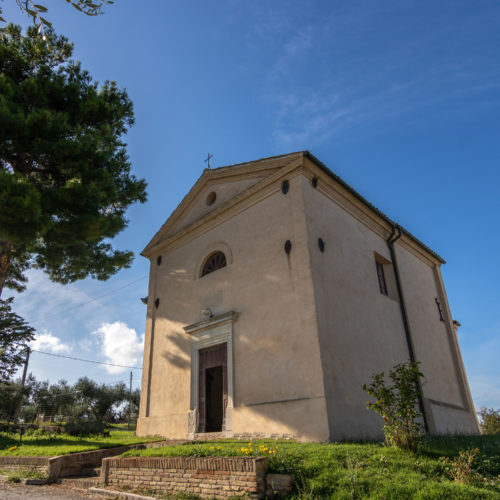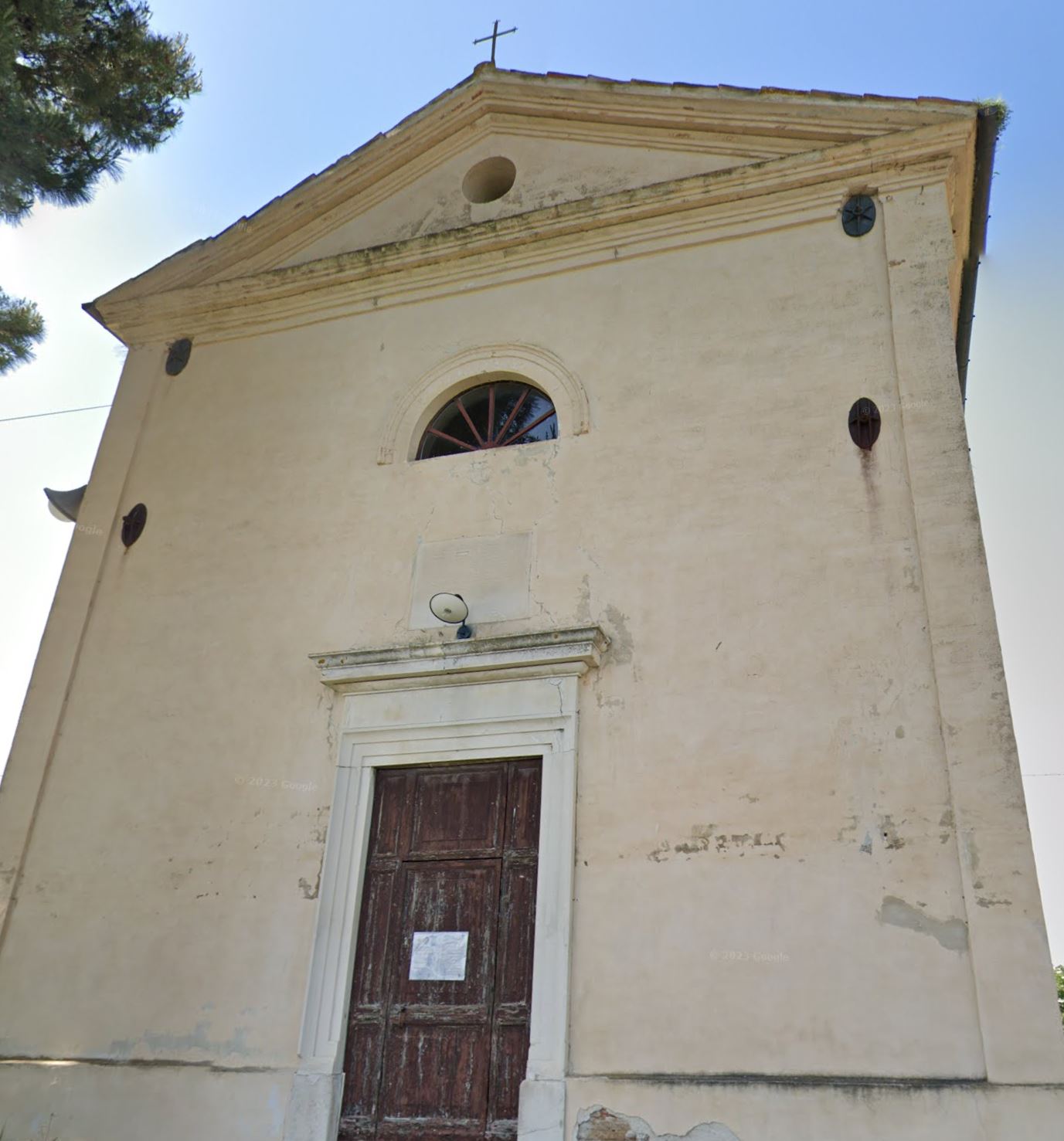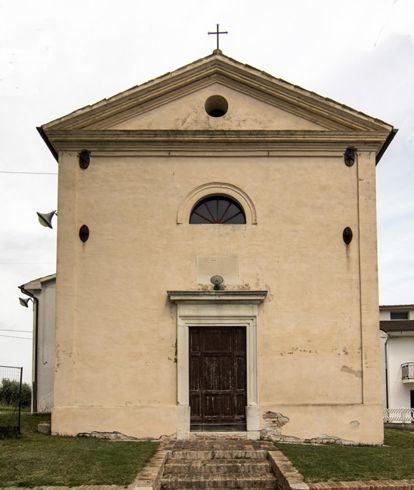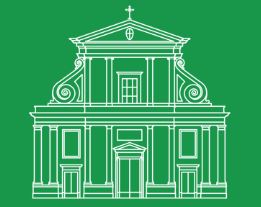Church of Saint Mary of the Flower
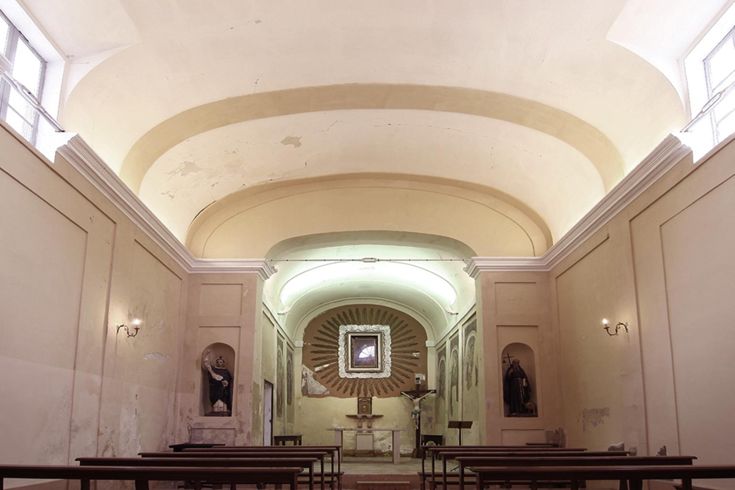
Details
Aperta solo in occasioni speciali (FAI, ecc.....)
The medieval dedication to Santa Maria di Marciano changed after reconstruction to Santa Maria del Fiore di Marciano, because the single altar was decorated with a fresco of the pregnant Virgin holding a rose—a depiction that was rare and soon abandoned, as it was considered unsuitable to represent Mary’s mystical role.
The current building appears simple, and at first glance does not reflect the numerous transformations it underwent over the centuries.
During a restoration and structural consolidation carried out by the Superintendency for Environmental and Architectural Heritage, unexpected richness in the church’s decorative elements was revealed. On the left wall, there is a depiction of the Virgin with a chalice, a long cross, and a vase from which floral elements emerge. On the right wall, the Virgin and Child, an image of a praying saint, and floral and vegetal decorations are represented.
These frescoes were executed with a mixed technique, partly in true fresco and partly in dry tempera, and can be chronologically placed between the late 17th century and the early 18th century.
CHIESA - SUSSIDIARIA Beni architettonici Morro d'Alba (AN) Parrocchia di San Benedetto Diocesi Senigallia Regione ecclesiastica Marche
The architectural complex of Santa Maria del Fiore consists of the parsonage and the church building, which share part of the wall structure. The church exhibits characteristics typical of the second half of the 19th century. The portal is framed by a white stone surround, topped with a lintel and finished with a cornice. Aligned with the portal is a thermal-style window, semicircular with a hint of an external frame. The façade is completed with a pediment, bordered below by a prominent cornice. At the corners, two pilasters are suggested, ending without capitals. The exterior walls of the church are plastered and painted in antique pink, while the parsonage is painted white. At the intersection of the roofs stands the bell gable, made of bricks and composed of two openings arranged at right angles.
Structural System
Load-bearing perimeter masonry made with solid bricks.
Roof
Gabled roof with a clay-tiled exterior and a terracotta slab, supported by a wooden framework of trusses, beams, and purlins.
Interior
The interior has a single nave and is simple, with minimal decoration apart from the niches on either side of the arch containing two statues of saints. The lateral walls of the presbytery are divided by pilasters into six panels decorated with painted figures of saints. On the back wall is an image of the Virgin, surrounded by a halo of rays. The interior is illuminated by two rectangular windows in the vault and the thermal-style window on the façade. The church interior has a barrel vault with a lowered arch.
HISTORICAL INFORMATION
XII ‐ XIII centuries (earliest records of the property)
Already present in the Middle Ages, the church was one of the parish churches established around Morro d'Alba in the 12th and 13th centuries. In 1290, it is first recorded regarding the tithes owed.
1512 ‐ 1586 (reconstruction of the property)
In 1512, a certain Angelo di Atti left a substantial inheritance to rebuild the church, which was initially not a parish church. In 1586, the parish priest was accused before the Bishop of having squandered the entire parish’s assets.
18th century ‐ 1802 (ownership of the property)
Maintained as a parish church in the 18th century, the church lost importance compared to the central parish of San Gaudenzio. At the same time, it acquired its current title due to the presence of a painting depicting the Madonna holding a rose. In 1802, the painting was replaced by a depiction of the Virgin with the crowned Child Jesus.
1960 (restoration of the property)
Around 1960, the entire building was restored, maintaining the separation between the church and the parsonage.
